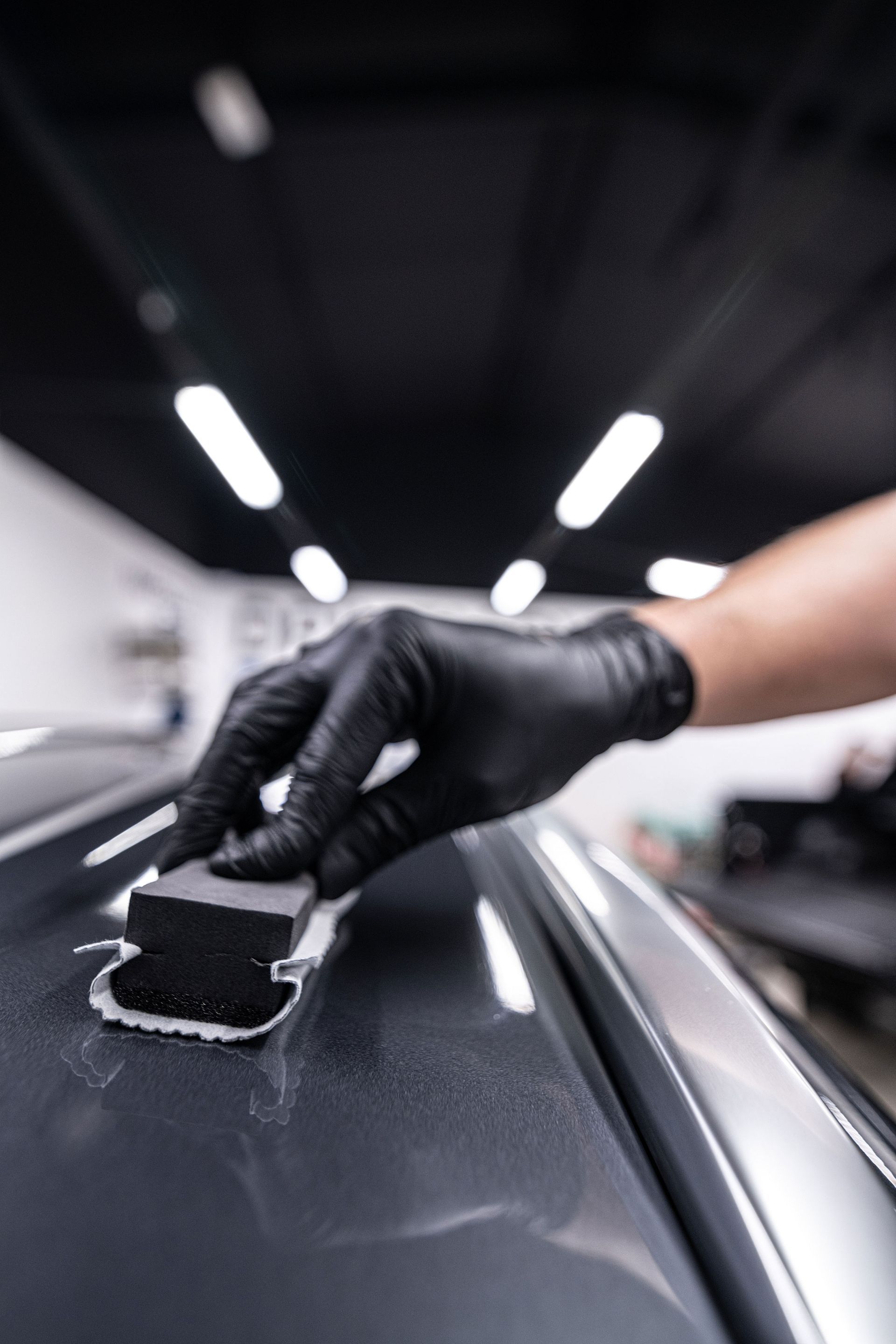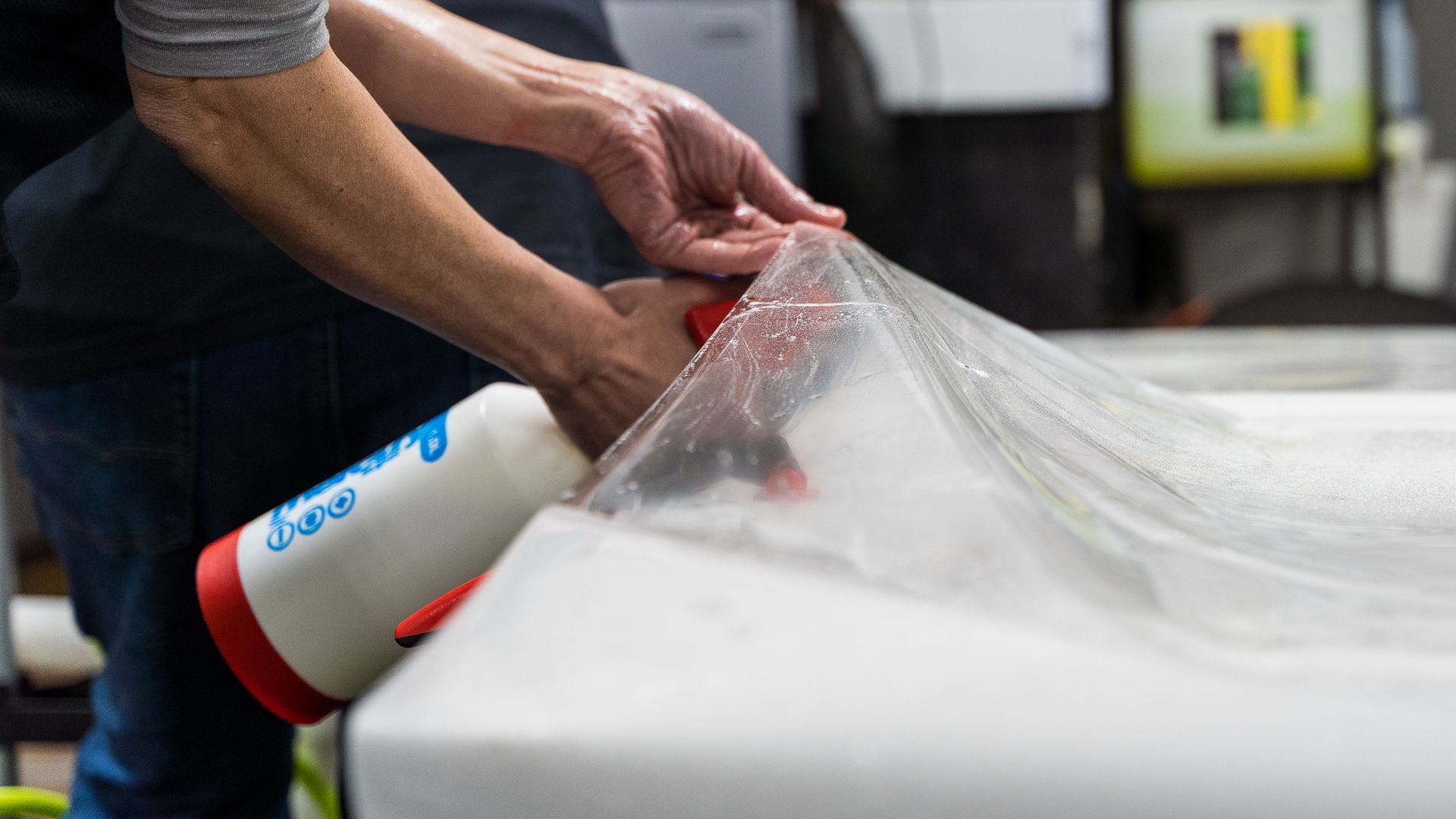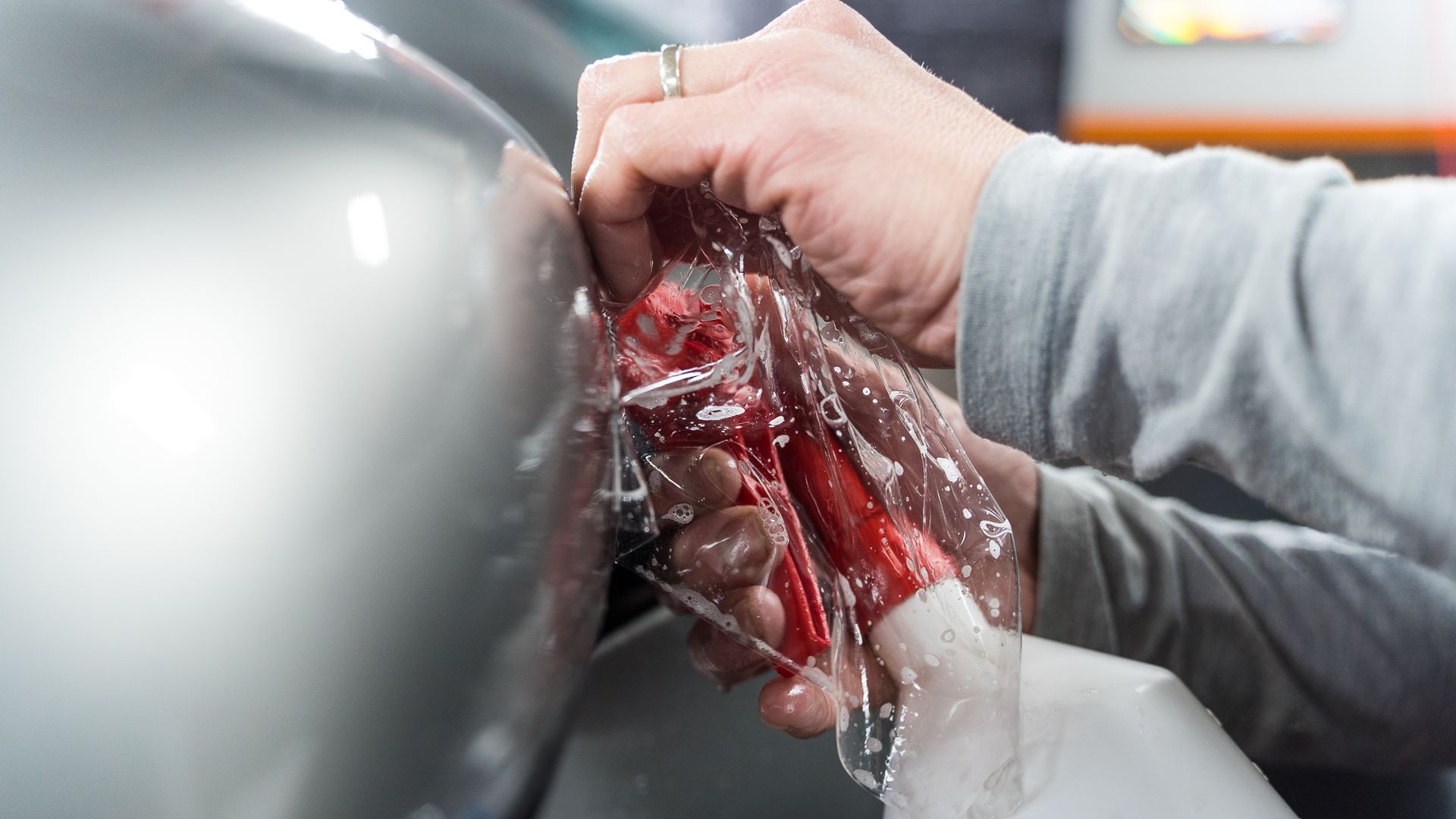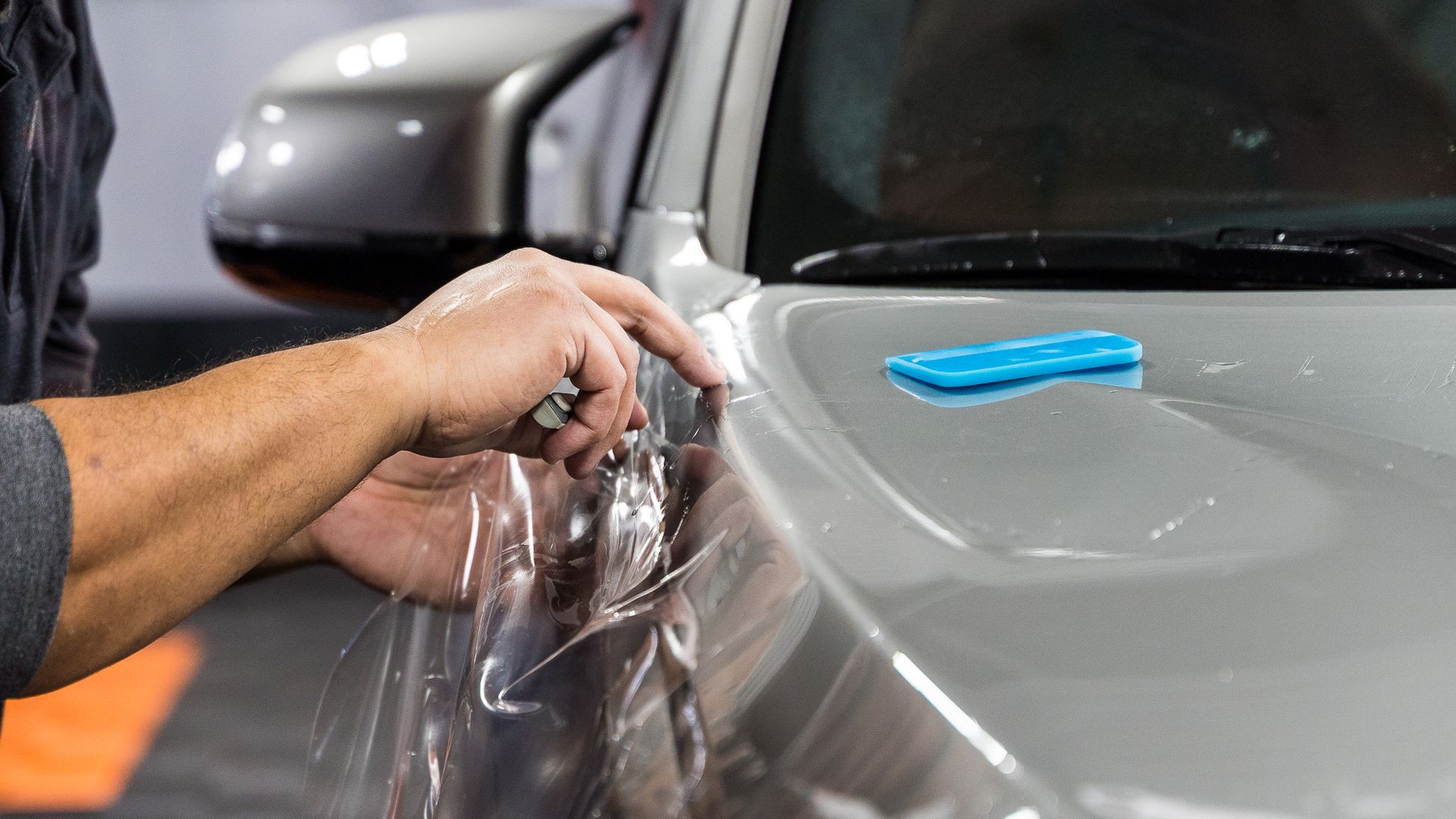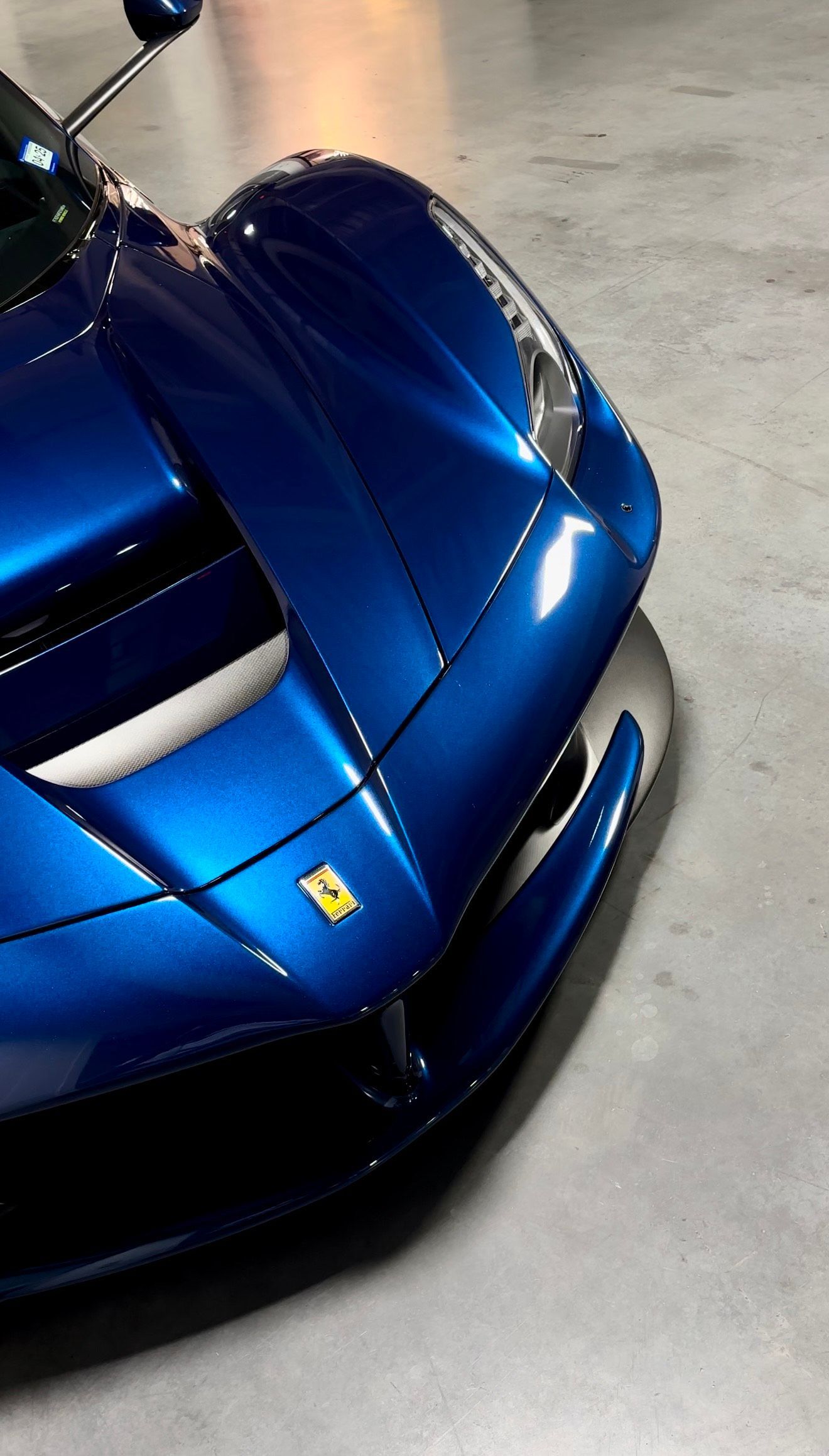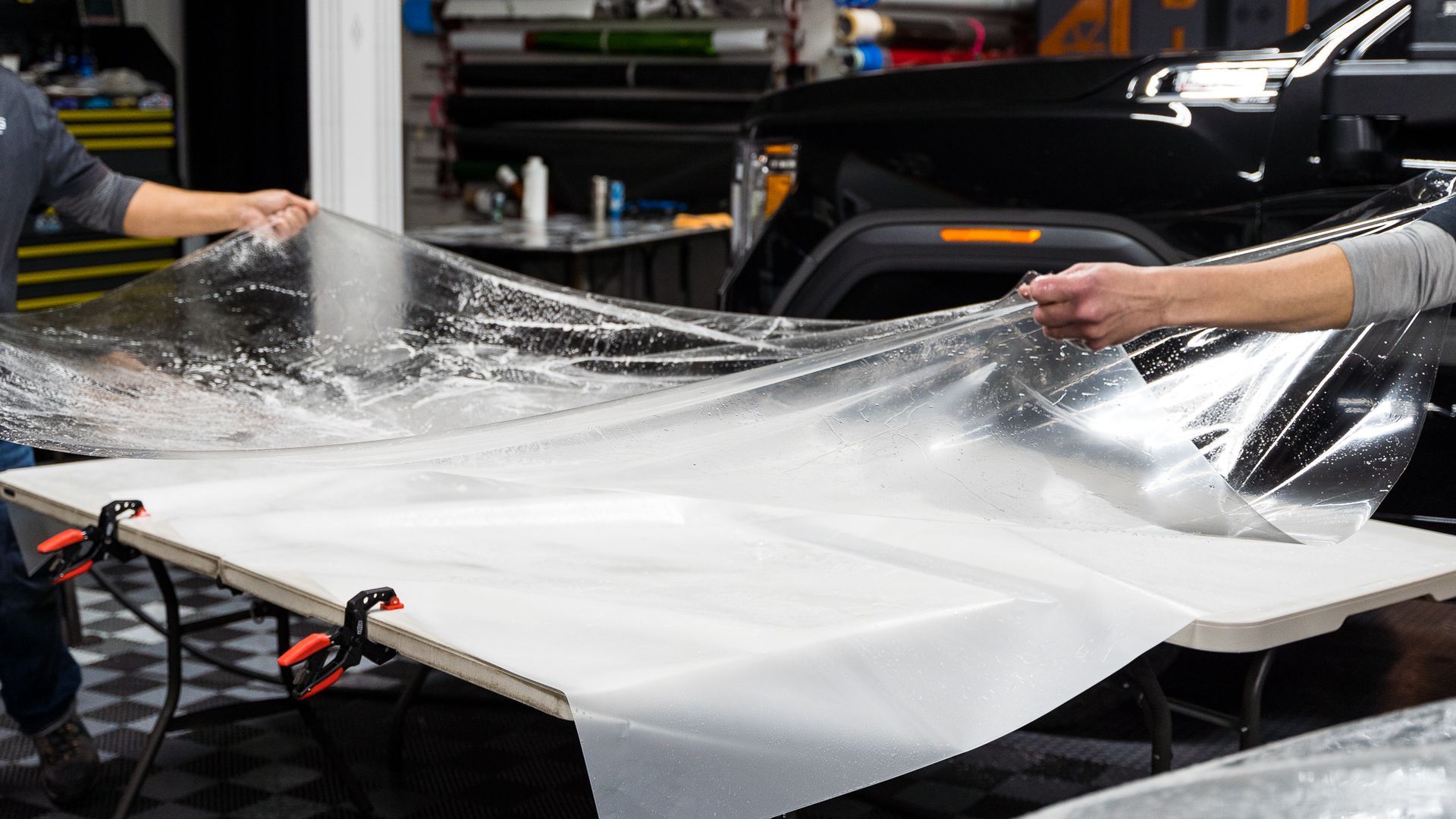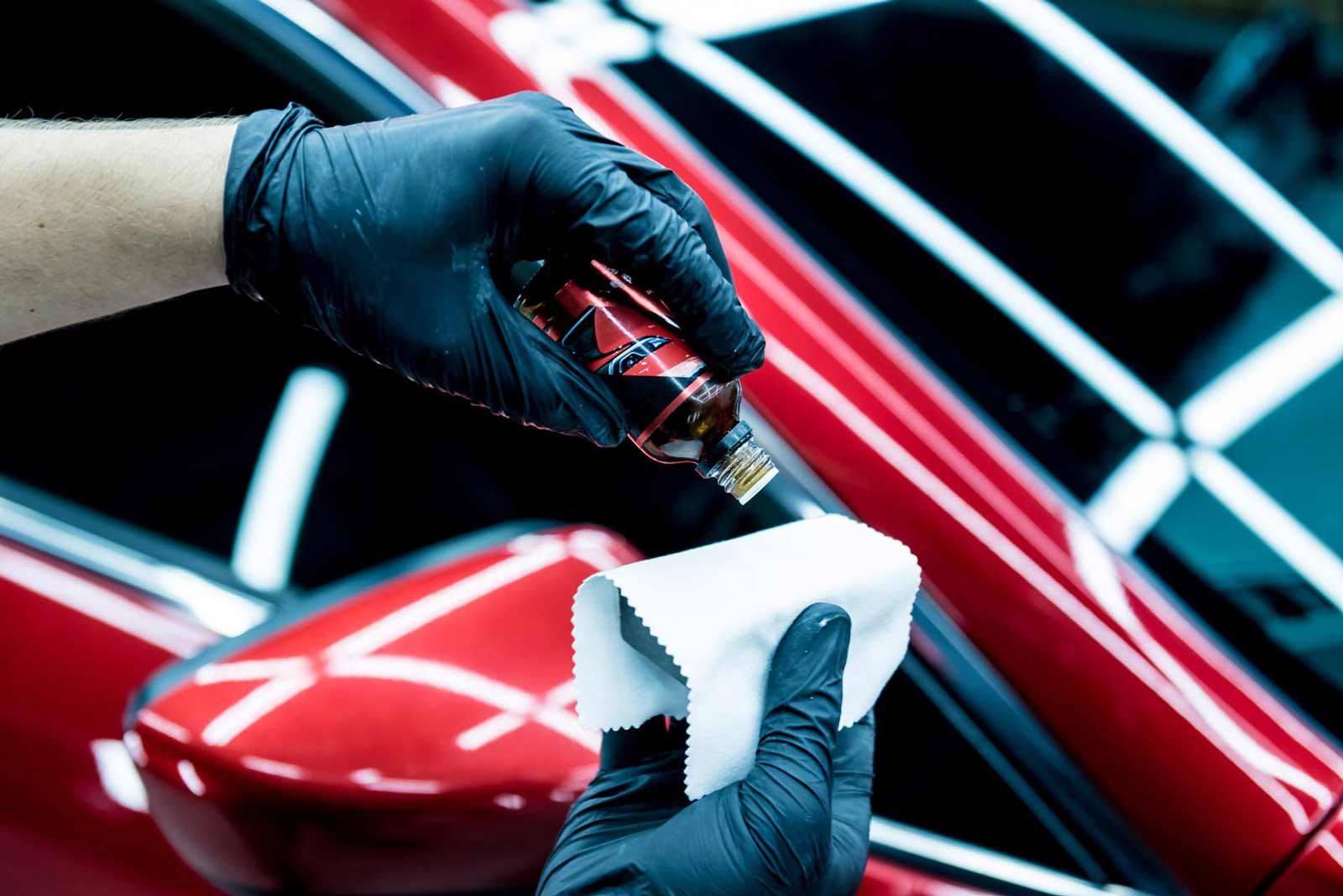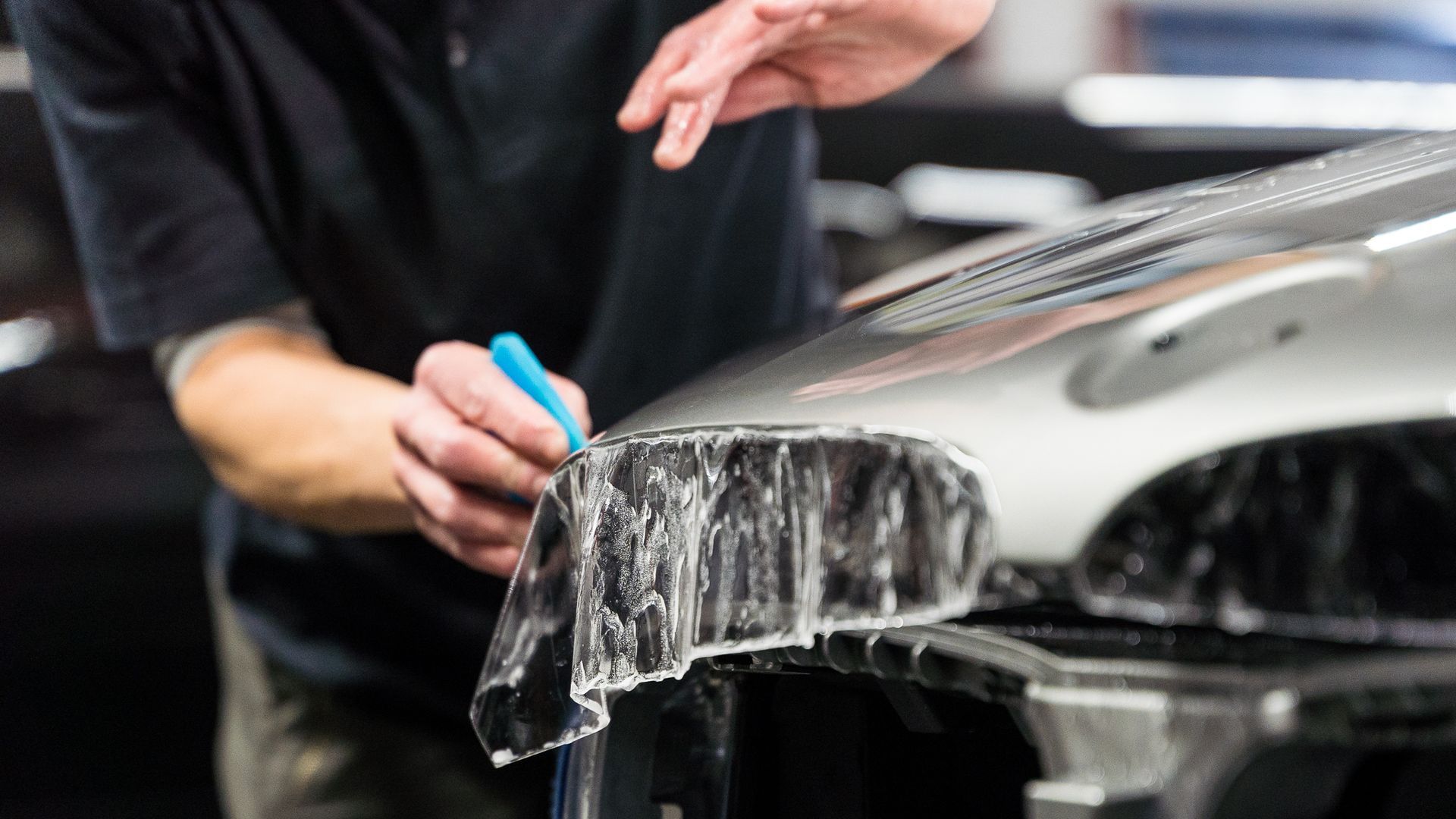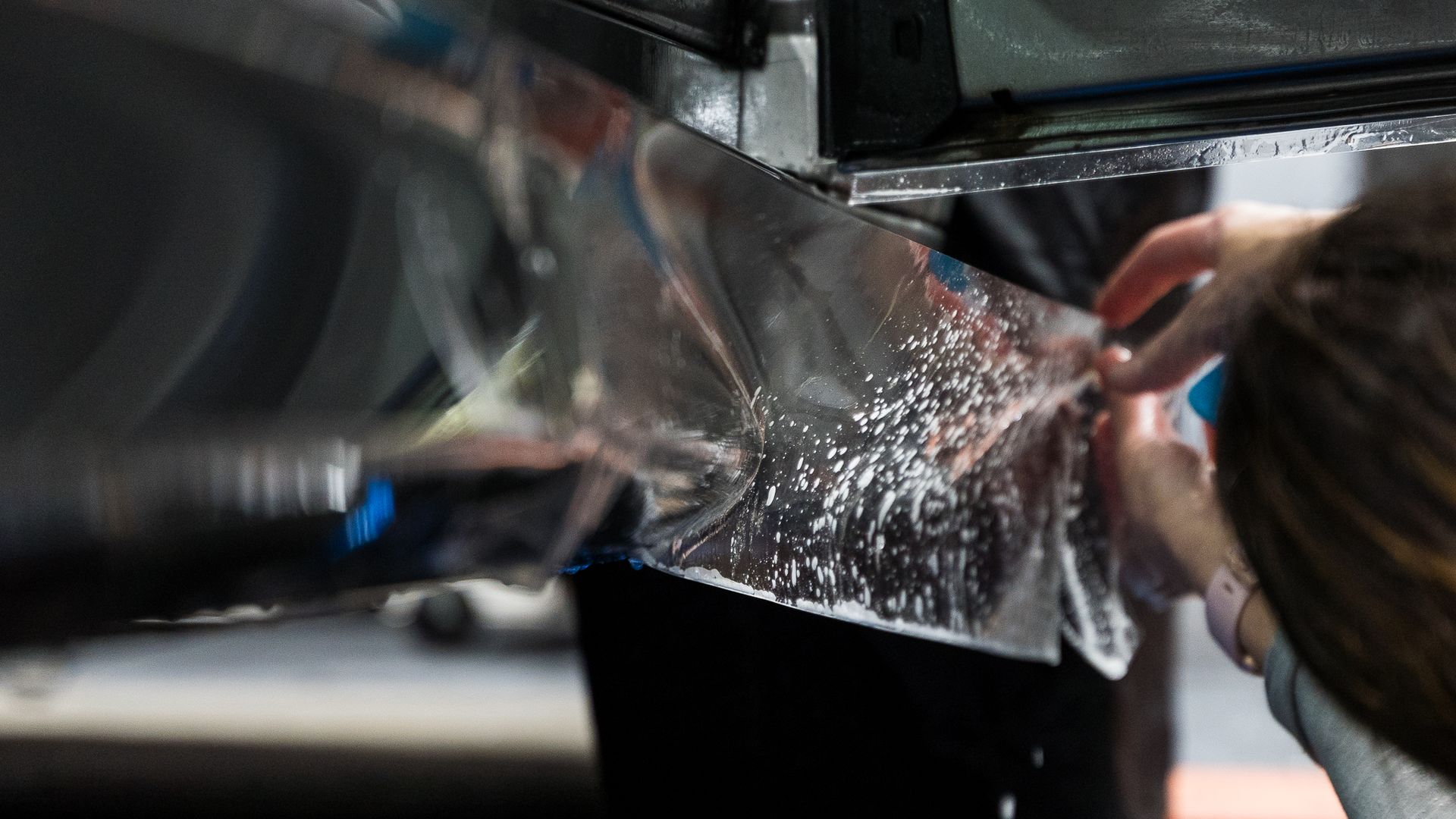How Paint Protection Film Works: A Complete Guide to Benefits and Installation
When purchasing a vehicle, maintaining its pristine appearance becomes a key priority. However, everyday driving conditions—such as loose gravel, bird droppings, and prolonged sun exposure—can cause considerable damage to a car’s exterior finish. Paint protection film offers a highly effective yet often underestimated solution. This transparent layer serves as a protective barrier, shielding the vehicle's paint from scratches, fading, and other environmental hazards, all while preserving its original gloss and aesthetic appeal.
Paint protection film works by creating a transparent, durable barrier over your vehicle's paint surface, effectively shielding it from scratches, chips, and environmental damage such as UV rays and chemicals. The film is designed to absorb and disperse impact energy from road debris, while its self-healing properties allow minor scratches to vanish when exposed to heat, ensuring your vehicle maintains its aesthetic appeal over time.
What is Paint Protection Film?
Paint protection film is a clear and durable thermoplastic urethane film commonly applied to vehicles to protect the paint from scratches, chips, and various environmental hazards. Often described as invisible armor for cars, PPF helps preserve the vehicle’s original finish while maintaining its visual appeal. Initially developed for demanding environments, PPF has since evolved into a valuable solution in automotive care. Today, it represents a sophisticated method for defending against paint damage caused by road debris, weather exposure, and UV rays. Modern advancements have led to the development of high-performance PPFs featuring self-healing properties, allowing minor scratches and abrasions to disappear when exposed to heat, such as sunlight or warm water. This innovative feature enables the film to maintain a clean and polished look, even under the rigors of daily driving.
Moreover, the progression of PPF technology has led to films becoming thinner yet more durable than their predecessors, ensuring robust protection without compromising the beauty of your vehicle. Modern PPF installations are designed for precision and aesthetic appeal. They are cut to fit various vehicle shapes seamlessly, adhering securely thanks to advanced adhesive systems. This guarantees a long-lasting bond that can withstand environmental stressors while complementing your car's design with a glossy or matte finish based on your preference. For anyone considering PPF, it’s important to understand its lasting benefits. It acts as a formidable barrier against physical damage and protects against chemical exposure from bird droppings, tree sap, and other substances that could degrade paint quality over time. Those who invest in PPF often find themselves enjoying lower maintenance costs related to paintwork in the long run.
Key Properties: Strength and Durability
At the heart of PPF's effectiveness are its impressive characteristics that ensure your vehicle's paint remains pristine over time. From a multi-layer construction to cutting-edge self-healing technology, these properties make PPF a reliable choice for car owners looking to protect their investment.
- Multi-Layer Construction: Most high-end PPFs are designed with a sophisticated multi-layer setup. The outermost layer is typically a clear coat meant to combat UV damage, preventing the sun from fading your vehicle's vibrant colors. Beneath this protective shield lies the polyurethane layer, which serves as the real hero of impact absorption. It acts like a shock absorber, distributing energy from minor impacts—think rogue gravel or pesky branches—so they don’t leave their mark on your car’s surface.
- Self-Healing Technology: Another remarkable feature of many contemporary PPFs is their self-healing capability. It’s almost magical! When exposed to heat—from sunlight or a gentle heat gun—the unique molecular structure of the film relaxes, allowing minor scratches and swirl marks to vanish as if by magic. This quality keeps the film looking smooth and clear without requiring extensive additional care.
Beyond protection against daily wear and tear, these two crucial properties—multi-layer construction and self-healing technology—highlight why investing in PPF isn’t just about aesthetics; it’s about preserving the integrity and value of your vehicle over time.
Application Process: Professional and DIY
The meticulous application of PPF plays a pivotal role in its effectiveness. For many vehicle owners, particularly those who value both aesthetics and protection, selecting between professional installation and a DIY approach can be daunting.
Professional Installation
When opting for a professional installation, you're investing in expertise that significantly enhances the overall outcome. Professionals begin with surface preparation, which is critical to the success of the installation. This step involves thoroughly cleaning the vehicle's surface to remove dirt, wax, and any contaminants that could impede adhesion. While it may seem straightforward, ensuring a clean base can significantly impact the film's longevity. After cleaning comes the template cutting phase. Innovative facilities often employ computer-cut templates specifically designed for various makes and models. This precision ensures a perfect fit, reducing excess labor and minimizing waste. Moving forward, professionals then tackle the film application. Imagine working with a large, fragile sheet that must adhere perfectly; it's no small feat! Installers use a spritz of water mixed with a gentle soap solution to help maneuver the film into position without creating unsightly bubbles. The goal here is clarity and adherence—nobody wants an uneven or marred finish. Lastly, there's the critical aspect of edge wrapping. To guarantee that every inch of your vehicle's exterior is protected, installers take special care when wrapping the film around edges and seams. This technique secures the film and provides a sleek appearance that enhances your car's beauty.
DIY Installation
DIY installation, a popular choice for hands-on enthusiasts seeking to save money while taking charge of their vehicle's care, is the opposite of this process. Many DIY kits are readily available and typically include pre-cut film tailored for specific areas of the car along with essential tools and clear instructions. But, while doing a PPF project alone can be fulfilling, it can also be difficult. The most common complications arise during application; one might find themselves fighting against bubbles or misalignment if they're unfamiliar with handling PPF material. It’s easy to become frustrated as things don’t go precisely as planned. However, many users derive satisfaction from these experiences, transforming minor imperfections into achievements rather than setbacks. Keep in mind that although DIY is generally more cost-effective, it often requires additional time—and perhaps some patience—to achieve results comparable to professionals. Thus, while it may not be as polished as professional outcomes, many DIYers report achieving satisfactory results after gaining practice through trial and error.
Regardless of whether you choose professional assistance or prefer to tackle this task yourself, understanding these processes will set you up well for exploring how this protective film can defend against scratches and debris.
Key Advantages of Paint Protection Film
Your vehicle is more than just a mode of transportation—it’s an investment that deserves lasting protection. Paint protection film offers a modern, invisible layer of defense that preserves your car’s exterior against common hazards on the road. From physical damage to environmental wear, PPF ensures that your car maintains its aesthetic and value.
- Scratch and Debris Protection: One of PPF’s most praised features is its resistance to scratches and chips. It acts as a tough barrier between your vehicle’s paint and the hazards of everyday driving—gravel, sand, salt, and road debris. Cars protected with PPF can reduce paint damage, significantly extending the life of the factory finish.
- UV and Oxidation Resistance: PPF blocks harmful ultraviolet (UV) rays that cause paint fading and oxidation. This is especially important for dark-colored vehicles, which are more prone to heat absorption and color degradation. With PPF, the integrity and depth of your car’s paint are preserved, even when parked in direct sunlight for extended periods.
- Self-Healing Properties: Many premium PPFs feature self-healing technology that allows minor scratches and swirl marks to disappear with exposure to heat—such as sunlight or warm water. This innovation ensures your car continues to look pristine with minimal effort, reducing the need for frequent detailing or polishing.
- Stain and Chemical Resistance: Everyday contaminants like bird droppings, bug splatter, tree sap, and road tar can quickly degrade unprotected paint. PPF resists staining and chemical etching, making it easier to clean and helping maintain a spotless appearance. This added defense is especially beneficial for long commutes or cars frequently exposed to outdoor elements.
Paint protection film is more than just a cosmetic upgrade—it’s a proactive measure that safeguards your car from the inevitable wear and tear of daily driving. With its advanced features and long-lasting durability, PPF offers peace of mind while helping your vehicle retain both its beauty and value.
Practical Tips for Using Paint Protection Film
The effectiveness of paint protection film largely depends on how it's treated post-installation. To maximize its protective benefits, regular cleaning and maintenance are crucial. One simple yet effective way is to use a pH-neutral soap during your car washes, preventing harsh chemicals from degrading the film over time. Additionally, avoid high-pressure water streams aimed directly at the edges of the film; such actions could lift or peel it away from your vehicle's surface. Instead, opt for gentle washing methods such as hand washing with soft mitts or sponges.
- Cleaning and Maintenance: Many car enthusiasts have found that sticking to a routine wash schedule—every one to two weeks—helps keep the film in excellent condition. Taking care of your PPF means noticing small issues: dirt accumulation, water spots, or road salt during winter months should be addressed promptly. If left unattended, these contaminants can affect both appearance and adhesion. A simple rinse after exposure to harsh elements can go a long way in maintaining clarity and longevity. Periodic inspections of your PPF are also essential in catching any underlying issues before they escalate. Minor scratches can heal themselves when warmed by sunlight or hot water due to the self-healing properties many PPFs possess. However, more serious cuts may require intervention. Be proactive—check for lifting edges or wear in high-contact areas like door edges or bumpers where physical abrasion is likely.
- Inspection and Repair: When inspecting your film, it might be helpful to bring it into better lighting if you're outdoors or use additional light sources indoors to see every fine detail clearly. For deeper cuts that aren’t healing automatically, consider purchasing DIY patch kits available from various manufacturers; these contain pre-cut pieces of film designed specifically for such repairs. If you're unsure about tackling repairs on your own or want a flawless result, professional installers offer expertise that guarantees touch-ups preserve both the appearance and functionality of the PPF without compromising your vehicle's aesthetic. Engaging a professional allows you to leverage their experience in proper techniques and products compatible with your specific type of film.
Following these practical tips not only enhances the durability of your paint protection film but also keeps your vehicle looking sleek and polished throughout its lifespan.
Premium PPF Services in Austin, TX
Protect your investment with precision and style at Huracán Nero Luxury Auto Spa—Austin’s trusted destination for top-tier paint protection film services. Our expert technicians apply cutting-edge PPF to safeguard your vehicle from chips, scratches, and the harsh Texas sun, all while preserving its showroom shine. Experience the fusion of luxury care and lasting protection—because your car deserves more than just a wash, it deserves armor. Book your PPF appointment today and drive with confidence!
